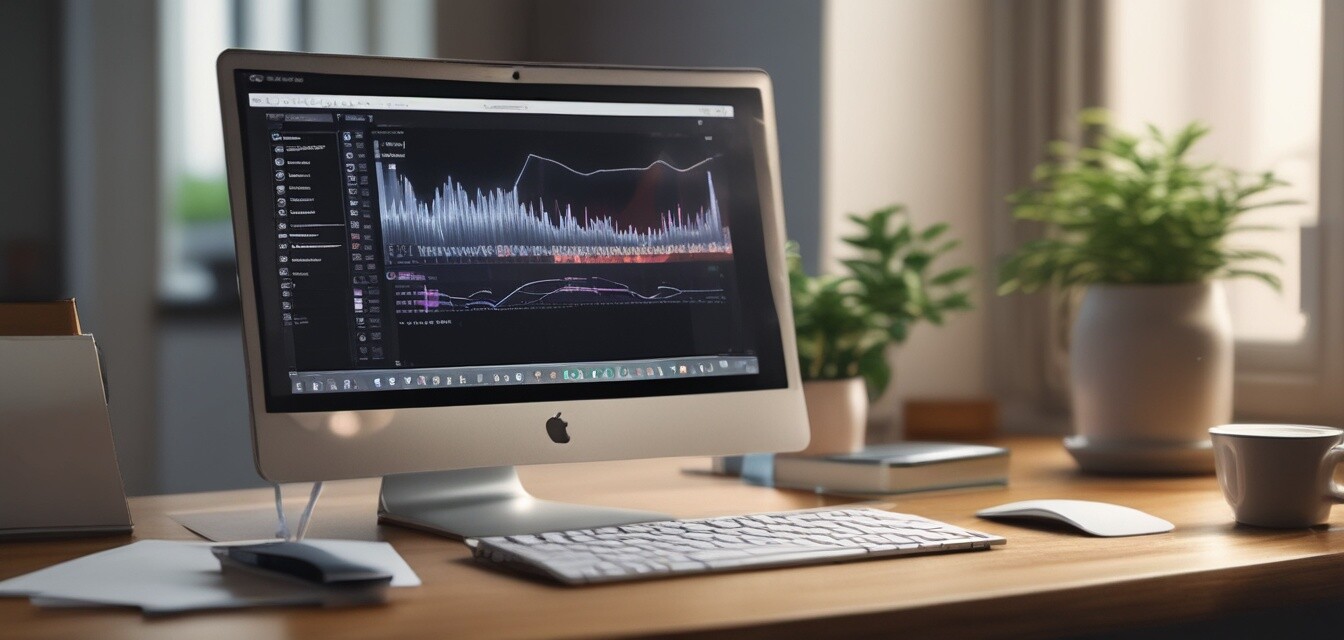
How to effectively organize your laptop files
Key Takeaways
- Use a clear folder structure for easy navigation.
- Regularly review and declutter your files.
- Utilize tagging for quicker searches and organization.
- Consider cloud storage for backup and accessibility.
- Take advantage of software tools that enhance file management.
Keeping your laptop files organized is essential not just for efficiency, but also for ensuring that you can locate what you need quickly. This article provides actionable strategies for managing your digital workspace effectively. Whether you're a student, professional, or casual user, these tips will help you maintain a clutter-free laptop and improve your overall productivity.
Understanding the importance of organization
Organizing your files allows you to:
- Save time by reducing the time spent searching for documents.
- Enhance productivity by keeping important items easily accessible.
- Reduce stress caused by digital clutter.
Strategies for organizing your laptop files
1. Create a logical folder structure
Your first step in organizing files is to build a clear folder hierarchy. Consider these categories:
- Work
- Personal
- Projects
- Media
- Miscellaneous
Within each category, create subfolders. For example, under "Work," you could have subfolders for "Reports," "Presentations," and "Meeting Notes." This structure will help in quick navigation.
2. Implement regular decluttering routines
Set aside time weekly or monthly to review your files.
- Delete files you no longer need.
- Archive older files that are not used frequently.
- Consolidate duplicates.
3. Use tags and metadata
Tagging your files can make them easier to find later. Most operating systems allow you to add tags to your documents. This method helps you swiftly locate files based on related themes or projects.
4. Utilize cloud storage
Consider using cloud services such as Google Drive, Dropbox, or OneDrive for backup and accessibility.
- Access files from multiple devices.
- Collaborate easily with others.
- Ensure you have backups to prevent data loss.
5. Leverage file management software
There are various software tools available that can enhance your file organization. Tools such as:
- File manager applications
- Duplicate file finders
- Document management systems
These tools can simplify the organization process and save you time.
Maintaining your organized system
After organizing your files, maintenance is key. Here are some tips:
- Make it a habit to save files in the appropriate folders immediately.
- Integrate your organization system into your daily workflow.
- Set regular reminders to declutter and reorganize as necessary.
Tips for beginners
- Start small; tackle one folder at a time.
- Don't be afraid to adjust your system if it's not working.
- Educate yourself on file naming conventions for better clarity.
Conclusion
Organizing your laptop files is not a one-time task. It's an ongoing process that, when done correctly, greatly enhances your productivity and efficiency. By following the strategies outlined above, you can create a system that ensures your digital workspace remains organized and easy to navigate. For more expert tips on optimizing your PC and laptop experience, check out our Expert Tips category.
Pros
- Improved efficiency in file retrieval.
- Enhanced productivity through less clutter.
- Reduces stress and frustration.
- Backup options available with cloud storage.
Cons
- Time investment required initially for organization.
- May require learning curve with new software.
Explore more tips and strategies
For further information on how to maintain your devices and enhance your user experience, you can check out: